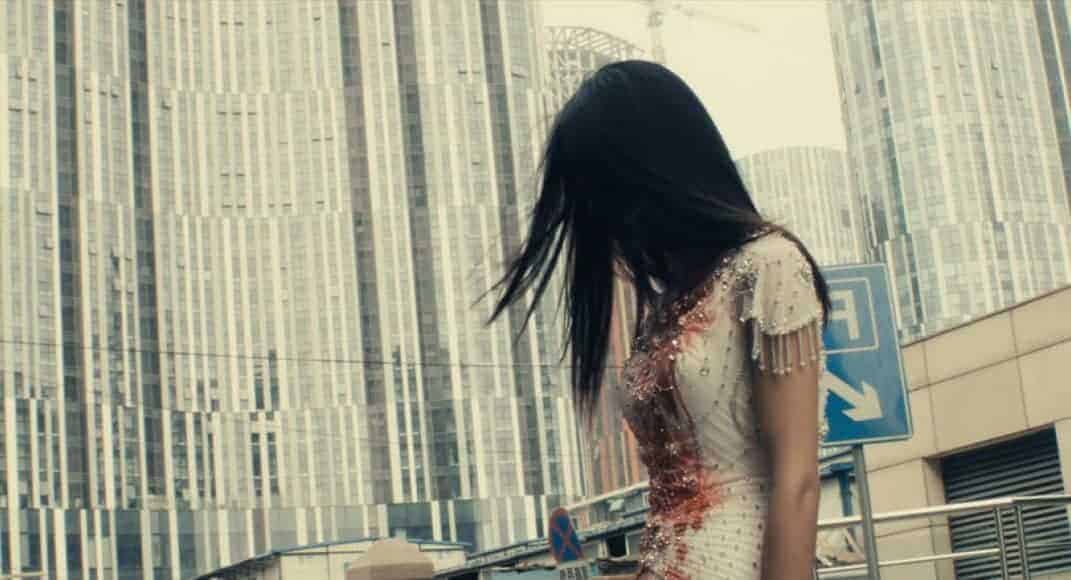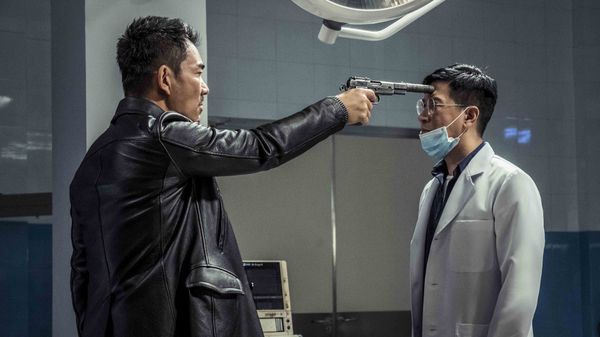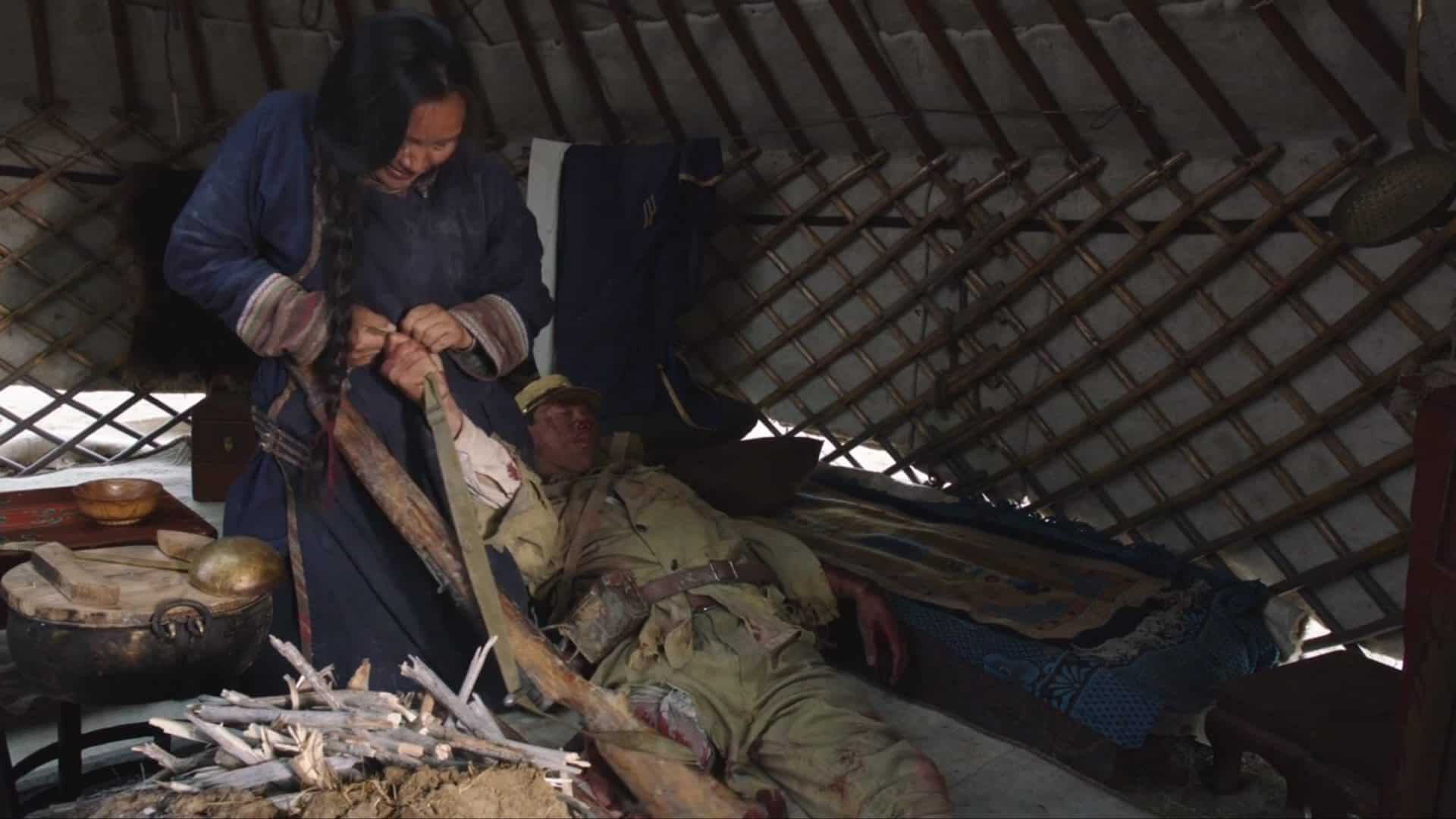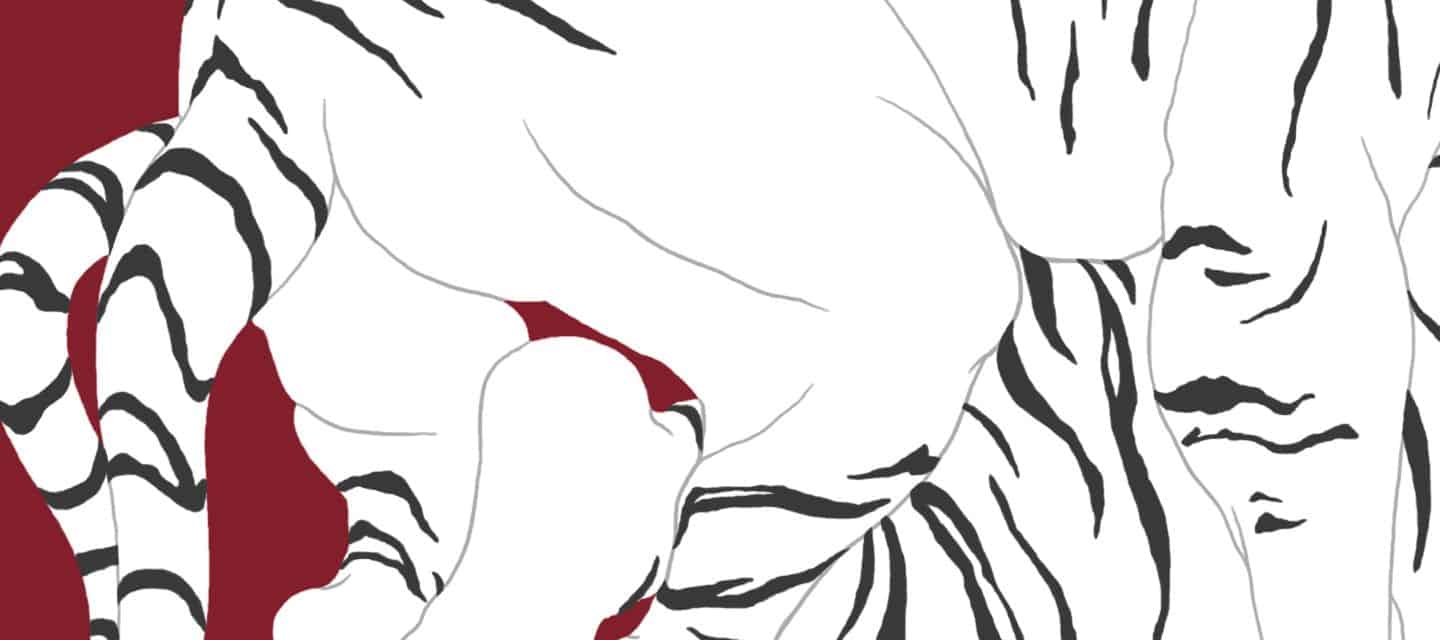The emergence of DV cameras at the turn of millennia presented Chinese filmmakers with an opportunity to document their rapidly transforming country outside of the mainstream state-controlled system. Two films depict PRC in 2008, a year of Olympics in Beijing, during which the country devoted a lot of resources to the presentation of a desired image to the world. “The Transition Period” and “Disorder” offer a glance at the other, less glamorous and cosmopolitical parts of China.
Out of the two, “The Transition Period” presents a more traditional approach to storytelling. In it, the director follows a local head of the communist party, Guo Yongchang in the eponymous moment. The filmmaker was actually invited by the politician to record the final months of his tenure as CCP's secretary in Gushi county, before his relocation to a different region of China. As a result of this agreement, Zhou Hao recorded the behind-the-scenes workings of Chinese provincial politics. The documentary offers a surprisingly unfiltered portrait of the processes and machinations surrounding Guo's work. Although the camera is not allowed into the private sphere of the politician, the viewer still gets a very good taste of his life and character, as well as the general nature of contemporary Chinese politics.
The documentary was very clearly recorded in the pre-social media era, before the times when politicians were instructed how a camera catching them in too candid a moment could break their careers. This comes to the fore in numerous scenes of boozing in which Guo is swarmed by other obsequious apparatchiks and businessmen. As the parties progress, the professional masks fall off, allowing the camera to record the protagonist in a less statuesque state. In perhaps the most memorable scene, which seems almost taken straight out of “The Office”, Guo spreads a birthday cake on the face of Jack, an American entrepreneur trying to do business in the region. It's worth mentioning that Jack, one of the few foreigners in the movie, has a hard time adjusting to the local approach to what constitutes the said business-making. As an outsider, he has to interact with politics of Gushi county, and satisfy the local panjandrums rather than simply focus on making profit.
The fly-on-the-wall approach of Zhou Hao renders the director practically invisible to the characters and allows him to capture Guo and his posse discuss various political decisions during meetings. During those, the protagonist comes across as a complicating figure, both good-hearted and blunt, ambitious and verging on grandiose, loving his people but also loving the power. A narrative thread running through the entire film is that of a planned construction of the highest skyscraper in the region. Although initially slated to have 26-storeys, Guo suggests he would rather if it were 33 – a luckier number which should attract the nouveau riche investors in the area. The CCP secretary, a jack of all trades, is seen later plowing snow and instructing workers how it should be done.
“The Transition Period's” title may refer to Guo's career, however it also succinctly encapsulates the state China as a country was in 2008. Preparing for Beijing Olympics of that year, the state was rapidly emerging as a global superpower. Whilst the sporting event turned out to be a great opportunity to flex political and economic muscles, it also allowed for painting a superficial and overly positive picture of the country. Huang Weikai “Disorder” of that same year exposes that Chinese society of the time also had a different dimension.
Already the overwhelming, kaleidoscopic opening sequence, or rather an amalgamation of a couple of sequences precisely stitched together by the director, is a dizzying experience. Cutting between four various stories about local crime, it gives a good taste of what Huang Weikai has in store for the viewer. Illegally smuggled bear paws are found in a freezer, a pedestrian is injured by a car on a street (or maybe he is just faking it to get more insurance money?), one of the restaurants' patrons finds a cockroach in a bowl of soup: the absurd list goes on. If “The Transition Period's” protagonist looked out of place like a beached whale whilst shuffling snow, contact with the physical and chaotic is at the heart of “Disorder”. Created from found-footage material sourced from various contributors, the documentary shows an unbecoming aspect of Chinese problem with street crime and poverty in urban areas. The black and white imagery adds to the nightmarish feel, rendering Guangzhou, one of the cities which developed at an astonishing pace since the beginning of Chinese economic boom, Gotham-like.
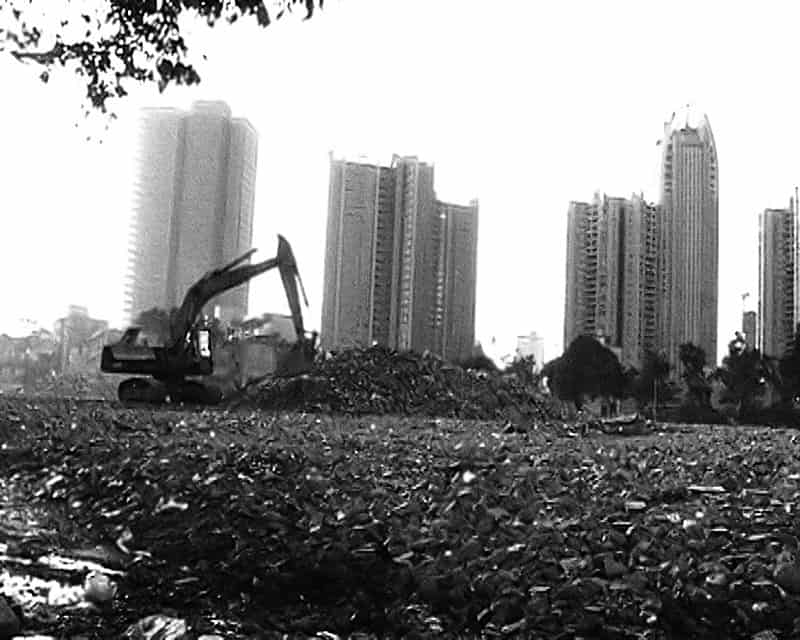
The overarching theme of all of the stories within “Disorder” is that of interrupted flows. Be it car traffic blocked by humans (or pigs), water leaking from pipes and flooding the entire neighborhoods, or trash falling into rivers – all of those elements point to imbalance within the rapidly industrialised urban areas. Although the stories seem initially disconnected, they all point towards the indivdual's refusal to comply with authority. Huang's editing of these various strands seems random at first, but soon a strategy of creating audial and visual bridges between each story emerges. Deafening porcine squeal turns into a blaring siren call, an image of a man threatening to commit suicide by jumping off a bridge is matched with that of another person swimming in the river. This frantic city-symphony-gone-wrong documents civil protest and disobedience, and shows a society in flux, not fully adjusted to the new way of life granted by the great technological and economic leap made by China in the last decades. Although the various scenes depict police brutality, animal cruelty or just violence in general, Huang doesn't seem to be interested in sensationalism. Rather, the images intertwine, often in the middle of things, giving a chaotic overview of an unwelcoming metropolis. The scenes are delivered sans commentary, leaving the viewer with enigmatic horror stories taken out of context.
“Disorder” and “The Transition Period” played as a double-bill create a jarring portrait of social stratification. The protagonists basking in the warm glow of political power in Zhou Hao's documentary are counterpointed by the chaos and dog-eat-dog reality of characters in the experimental found-footage doc. The two works also offer contrasting approaches to filmic representation of reality, as long static observational takes of “The Transition Period” clash with the frenetic material gathered by Huang Weikai. Those modes of representation go further beyond a simple aesthetic choice, as rather they reflect the nature of lived experience of working and ruling class milieus of China AD 2008.






